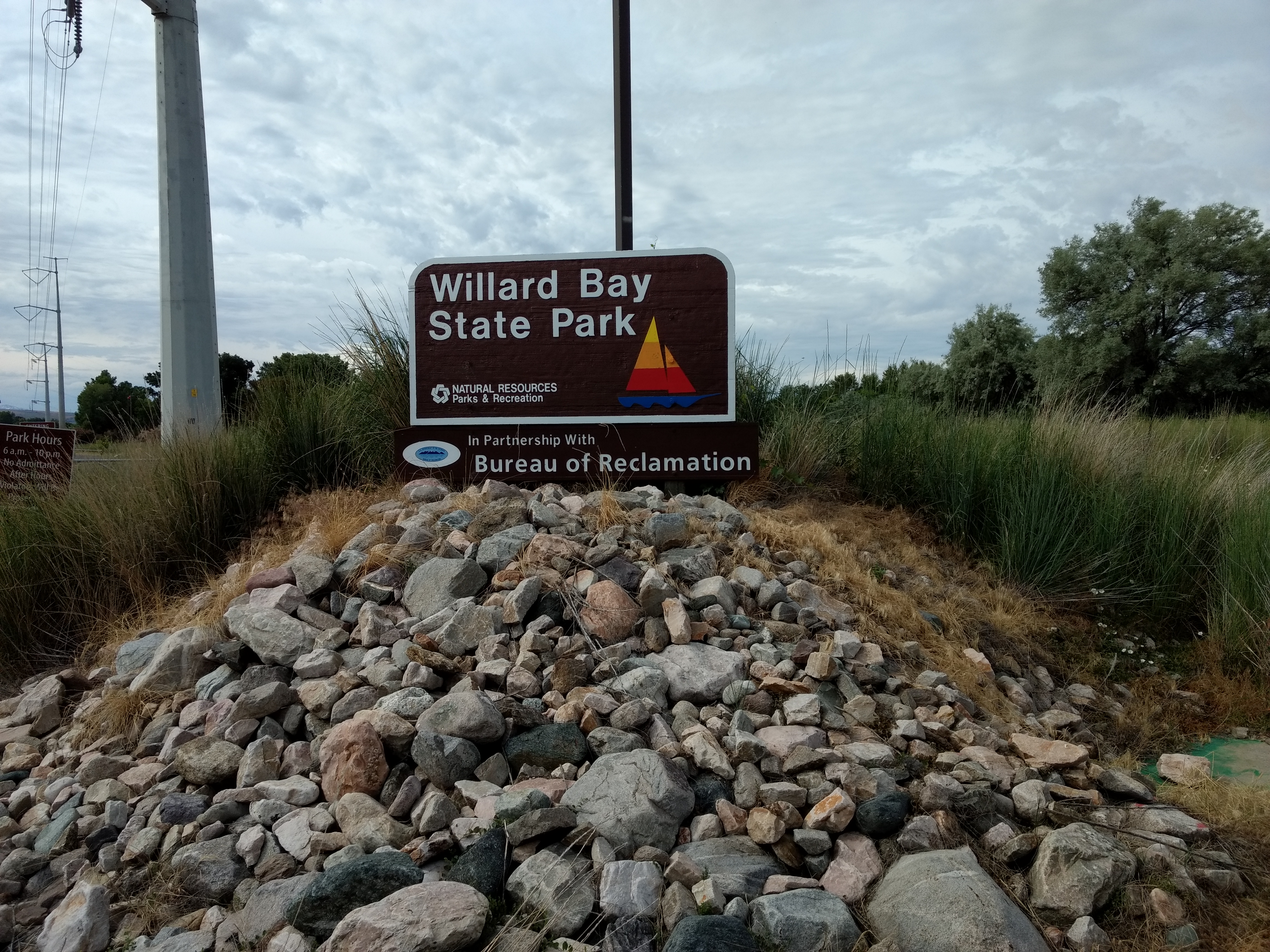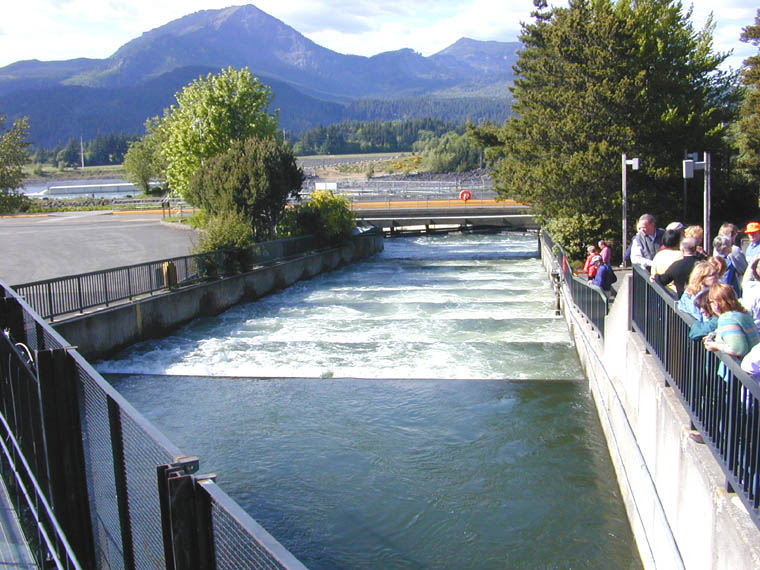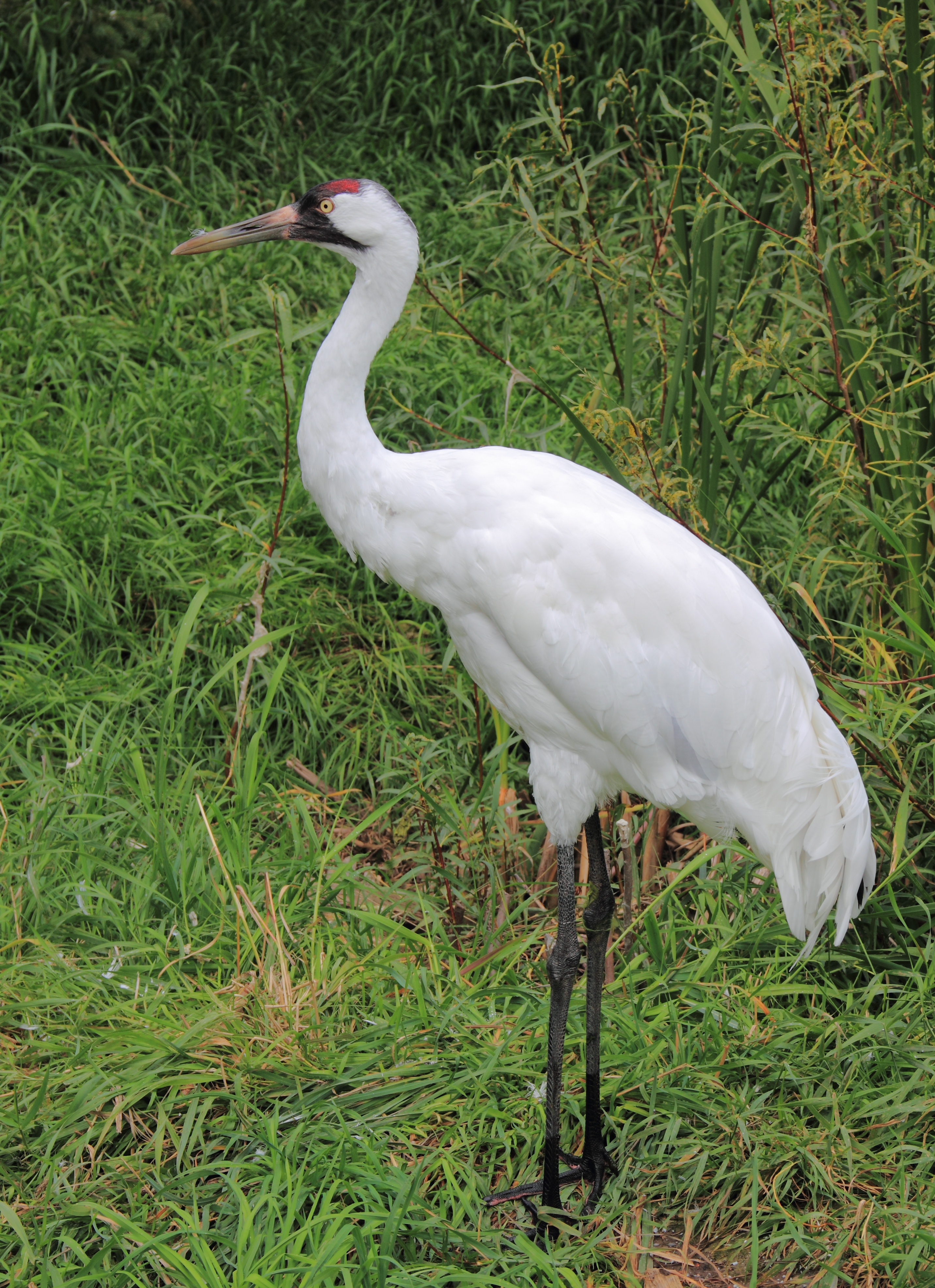|
Savage Rapids Dam
Savage Rapids Dam was an approximately , irrigation diversion dam spanning the mainstem of the Rogue River (Oregon), Rogue River in Josephine County, Oregon. The dam was demolished and removed in 2009. From 1921 until the spring of 2009, the Savage Rapids Dam almost entirely functioned for irrigation purposes, and it did not provide any flood control, hydro-electric power, inland waterway, or other significant beneficial uses. It only provided very minor recreational or wildlife (such as migratory birds) benefits. Because this dam's facilities for accommodating migrating salmon did not meet current legal or practical standards, the "Grants Pass Irrigation District" (the GPID) had agreed to allow this dam to be demolished and replaced by pumps. The GPID had entered into a United States federal court, U.S. Federal Court consent decree to this effect. Construction of the replacement irrigation pumps began in 2006, and these pumps started service on May 11, 2009. The final dam removal ... [...More Info...] [...Related Items...] OR: [Wikipedia] [Google] [Baidu] |
Savage Rapids Demolition 6-1-09(1)
Savage may refer to: Places Antarctica * Savage Glacier, Ellsworth Land * Savage Nunatak, Marie Byrd Land * Savage Ridge, Victoria Land United States * Savage, Maryland, an unincorporated community * Savage, Minnesota, a city * Savage, Mississippi, an unincorporated community * Savage, Montana, an unincorporated community * Savage Lake, a lake in Minnesota * Savage Mountain, an anticline extending from Pennsylvania into Maryland Other places * 29837 Savage, an asteroid * Savage Island (other) * Savage River (other) Arts and entertainment Films * The Savage (1917 film), ''The Savage'' (1917 film), an American drama * The Savage (1926 film), ''The Savage'' (1926 film), an American silent film * The Savage (1952 film), ''The Savage'' (1952 film), an American Western * Savage (1973 TV film), ''Savage'' (1973 TV film), directed by Steven Spielberg * Savage! (1973 theatrical film), ''Savage!'' (1973 theatrical film), a blaxploitation film * Savage (2009 fil ... [...More Info...] [...Related Items...] OR: [Wikipedia] [Google] [Baidu] |
Outlet Works
A gatehouse, gate house, outlet works or valve house for a dam is a structure housing sluice gates, valves, or pumps (in which case it is more accurately called a pumping station). Many gatehouses are strictly utilitarian, but especially in the nineteenth century, some were very elaborate. Background A set of outlet works is a device used to release and regulate water flow from a dam. Such devices usually consist of one or more pipes or tunnels through the embankment of the dam, directing water usually under high pressure to the river downstream. These structures are usually used when river flow exceeds the capacity of the power plant or diversion capacity of the dam, but do not have flows high enough to warrant the use of the dam spillways. They may also be utilized when river flows must be bypassed due to maintenance work in the power station or diversion gates. Although similar in purpose to spillways, outlet works provide a more controlled release to meet downstream flow requ ... [...More Info...] [...Related Items...] OR: [Wikipedia] [Google] [Baidu] |
Dams In Oregon
A dam is a barrier that stops or restricts the flow of surface water or underground streams. Reservoirs created by dams not only suppress floods but also provide water for activities such as irrigation, human consumption, industrial use, aquaculture, and navigability. Hydropower is often used in conjunction with dams to generate electricity. A dam can also be used to collect or store water which can be evenly distributed between locations. Dams generally serve the primary purpose of retaining water, while other structures such as floodgates or levees (also known as dikes) are used to manage or prevent water flow into specific land regions. The earliest known dam is the Jawa Dam in Jordan, dating to 3,000 BC. The word ''dam'' can be traced back to Middle English, and before that, from Middle Dutch, as seen in the names of many old cities, such as Amsterdam and Rotterdam. History Ancient dams Early dam building took place in Mesopotamia and the Middle East. Dams were us ... [...More Info...] [...Related Items...] OR: [Wikipedia] [Google] [Baidu] |
Oregon Department Of Fish And Wildlife
The Oregon Department of Fish and Wildlife (ODFW) is a government agency of the U.S. state of Oregon responsible for programs protecting Oregon fish and wildlife resources and their habitats. The agency operates hatcheries, issues hunting and angling licenses, advises on habitat protection, and sponsors public education programs. Its history dates to the 1878 establishment of the office of Columbia River Fish Warden. Since 1931, enforcement of Oregon's Fish and Game laws has been the responsibility of the Oregon State Police rather than separate wardens. Hunting, Fishing, Shellfishing and Wildlife viewing A study was done in 2008 by ODFW and Travel Oregon to find the results of expenditures made throughout Oregon from residents and nonresidents that participated in the economic significance of fishing, hunting, wildlife viewing, and shellfish harvesting in Oregon. Roughly 2.8 million residents and non-residents participated in either hunting, fishing, wildlife viewing, ... [...More Info...] [...Related Items...] OR: [Wikipedia] [Google] [Baidu] |
National Marine Fisheries Service
The National Marine Fisheries Service (NMFS), informally known as NOAA Fisheries, is a United States federal agency within the U.S. Department of Commerce's National Oceanic and Atmospheric Administration (NOAA) that is responsible for the stewardship of U.S. national marine resources. It conserves and manages fisheries to promote sustainability and prevent lost economic potential associated with overfishing, declining species, and degraded habitats. History Founded in 1871 as the U.S. Commission of Fish and Fisheries, the National Marine Fisheries Service is the oldest federal conservation and environmental research agency in the United States. The commission was formed when President Ulysses S. Grant named zoologist Spencer Fullerton Baird, United States National Museum director and assistant secretary of the Smithsonian Institution, the first commissioner of the United States Fish Commission. The commission was divided into three research categories: the study of U.S ... [...More Info...] [...Related Items...] OR: [Wikipedia] [Google] [Baidu] |
Bureau Of Reclamation
The Bureau of Reclamation, and formerly the United States Reclamation Service, is a federal agency under the U.S. Department of the Interior, which oversees water resource management, specifically as it applies to the oversight and operation of the diversion, delivery, and storage projects that it has built throughout the western United States for irrigation, water supply, and attendant hydroelectric power generation. Currently the Bureau of Reclamation is the largest wholesaler of water in the country, bringing water to more than 31 million people, and providing one in five Western farmers with irrigation water for 10 million acres of farmland, which produce 60% of the nation's vegetables and 25% of its fruits and nuts. The Bureau of Reclamation is also the second largest producer of hydroelectric power in the western United States. On June 17, 1902, in accordance with the Reclamation Act, Secretary of the Interior Ethan Allen Hitchcock established the U.S. Reclamat ... [...More Info...] [...Related Items...] OR: [Wikipedia] [Google] [Baidu] |
Fish Screens
A fish screen is designed to prevent fish from swimming or being drawn into an aqueduct, cooling water intake, intake tower, dam or other diversion on a river, lake or waterway where water is taken for human use. They are intended to supply debris-free water without harming aquatic life. Fish screens are typically installed to protect endangered species of fishes that would otherwise be harmed or killed when passing through industrial facilities such as steam electric power plants, hydroelectric generators, petroleum refineries, chemical plants, farm irrigation water and municipal drinking water treatment plants. However, many fish are killed or injured on screens or elsewhere in the intake structures. Design Industrial facilities Fish screens may be positive barriers (devices such as a perforated metal plate that physically prevents fish from passing) or behavioral barriers (devices that encourage fish to swim away). Most behavioral barriers are experimental and of unprove ... [...More Info...] [...Related Items...] OR: [Wikipedia] [Google] [Baidu] |
Fish Ladders
A fish ladder, also known as a fishway, fish pass, fish steps, or fish cannon is a structure on or around artificial and natural barriers (such as dams, locks and waterfalls) to facilitate diadromous fishes' natural migration as well as movements of potamodromous species. Most fishways enable fish to pass around the barriers by swimming and leaping up a series of relatively low steps (hence the term ''ladder'') into the waters on the other side. The velocity of water falling over the steps has to be great enough to attract the fish to the ladder, but it cannot be so great that it washes fish back downstream or exhausts them to the point of inability to continue their journey upriver. History Written reports of rough fishways date to 17th-century France, where bundles of branches were used to make steps in steep channels to bypass obstructions. A pool and weir salmon ladder was built around 1830 by James Smith, a Scottish engineer on the River Teith, near Deanston, Perthshi ... [...More Info...] [...Related Items...] OR: [Wikipedia] [Google] [Baidu] |
Endangered Species Act
The Endangered Species Act of 1973 (ESA or "The Act"; 16 U.S.C. § 1531 et seq.) is the primary law in the United States for protecting imperiled species. Designed to protect critically imperiled species from extinction as a "consequence of economic growth and development untempered by adequate concern and conservation", the ESA was signed into law by President Richard Nixon on December 28, 1973. The Supreme Court of the United States described it as "the most comprehensive legislation for the preservation of endangered species enacted by any nation"."Tennessee Valley Authority v. Hill" 437 U.S. 153 (1978) Retrieved 24 November 2015. The purposes of the ESA are two-fold: to prevent extinction and to recover species to the point where the law's protections are not needed. It theref ... [...More Info...] [...Related Items...] OR: [Wikipedia] [Google] [Baidu] |
Coho Salmon
The coho salmon (''Oncorhynchus kisutch;'' Karuk: achvuun) is a species of anadromous fish in the salmon family and one of the five Pacific salmon species. Coho salmon are also known as silver salmon or "silvers". The scientific species name is based on the Russian common name ''kizhuch'' (кижуч). Description During their ocean phase, coho salmon have silver sides and dark-blue backs. During their spawning phase, their jaws and teeth become hooked. After entering fresh water, they develop bright-red sides, bluish-green heads and backs, dark bellies and dark spots on their backs. Sexually maturing fish develop a light-pink or rose shading along the belly, and the males may show a slight arching of the back. Mature adults have a pronounced red skin color with darker backs and average and , occasionally reaching up to . They also develop a large kype (hooked beak) during spawning. Mature females may be darker than males, with both showing a pronounced hook on the ... [...More Info...] [...Related Items...] OR: [Wikipedia] [Google] [Baidu] |
Chinook Salmon
The Chinook salmon (''Oncorhynchus tshawytscha'') is the largest and most valuable species of Pacific salmon in North America, as well as the largest in the genus '' Oncorhynchus''. Its common name is derived from the Chinookan peoples. Other vernacular names for the species include king salmon, Quinnat salmon, Tsumen, spring salmon, chrome hog, Blackmouth, and Tyee salmon. The scientific species name is based on the Russian common name ''chavycha'' (чавыча). Chinook are anadromous fish native to the North Pacific Ocean and the river systems of western North America, ranging from California to Alaska, as well as Asian rivers ranging from northern Japan to the Palyavaam River in the Arctic northeast Siberia. They have been introduced to other parts of the world, including New Zealand, thriving in Lake Michigan Great Lakes of North America and Michigan's western rivers, and Patagonia. A large Chinook is a prized and sought-after catch for a sporting angler. The flesh o ... [...More Info...] [...Related Items...] OR: [Wikipedia] [Google] [Baidu] |
Steelhead Trout
Steelhead, or occasionally steelhead trout, is the common name of the anadromous form of the coastal rainbow trout or redband trout (O. m. gairdneri). Steelhead are native to cold-water tributaries of the Pacific basin in Northeast Asia and North America. Like other sea-run (anadromous) trout and salmon, steelhead spawn in freshwater, smolts migrate to the ocean to forage for several years and adults return to their natal streams to spawn. Steelhead are iteroparous, although survival is approximately 10–20%. Description The freshwater form of the steelhead is the rainbow trout (''Oncorhynchus mykiss''). The difference between these forms of the species is that steelhead migrate to the ocean and return to freshwater tributaries to spawn, whereas non-anadromous rainbow trout do not leave freshwater. Steelhead are also larger and less colorful than rainbow trout, and can weigh up to and reach in length. They can live up to 11 years and spawn multiple times. The body ... [...More Info...] [...Related Items...] OR: [Wikipedia] [Google] [Baidu] |





.jpg)

.jpeg)